–
This article contains plot spoilers of “Killers of the Flower Moon.”
The sheriff disguised her death as whiskey poisoning.
Because, when he carved her body up,
he saw the bullet hole in her skull.
Because, when she was murdered,
the leg clutchers bloomed.
But then froze under the weight of frost.
During Xtha-cka Zhi-ga Tze-the,
the Killer of the Flowers Moon.
The excerpt is from the poem “Wi’-gi-e,” or “Prayer,” which Osage author Elise Paschen wrote in 2009 to honor Anna Kyle Brown, who was thought to be the first victim of the Osage Reign of Terror.
Brown’s body was found at the bottom of a ravine near Fairfax, Oklahoma, in 1921, with the cause of death ruled as “whiskey poisoning.” In truth she’d been murdered for her share of the hereditary mineral rights that had made her wealthy. Years later, a widespread investigation would reveal that Brown clearly died by gun violence and her cause of death was a cover-up.
“Killers of the Flower Moon” refers to the Osage lunar cycle during which late frosts will often kill young flowers. It’s also the title of Martin Scorsese’s new film, which was adapted from the bestselling book written by David Grann.
The film and book trace the true story of greed, brutality and government complicity in the assassination of wealthy Osage citizens.
Brown was one of many Osage people murdered for their money in 1920s Oklahoma. Accurate numbers of the victims are hard to come by, but Geoffrey Standing Bear, the Osage Nation’s current principal chief, estimates that at least 5% of the tribe were murdered, or roughly 150 people.
In 1923, the Osage Nation asked the Bureau of Investigation – the predecessor to the FBI – to look into a string of mysterious deaths. After a long investigation, the bureau uncovered a massive conspiracy masterminded by white men like William King Hale, Ernest Burkhart and other non-Osage members in the community of Fairfax, Oklahoma, particularly those in positions of authority. By 1929, Hale, Burkhart and some of their co-conspirators had been tried and sentenced to prison.
But for the Osage, the story didn’t end there. Existing federal policies and persistent anti-Indigenous sentiment still left Osage people vulnerable to further violence and exploitation.
Guardians in name only
As a scholar of Indigenous literary and cultural studies, I’ll often teach the political and social landscape of early Oklahoma.
When I tell my students at the University of Dayton about this spate of unchecked violence, someone inevitably asks how this was allowed to happen.
There is no one answer. But there is a central cause: laws that enabled settlers’ access to – and control over – Osage capital and, by extension, Osage lives.
In 1872, the Osage were forced from their homelands in Kansas and sent to Indian Territory, a region that became the state of Oklahoma. Once resettled, the Osage Nation was compelled to negotiate with the federal government. Through the resulting Osage Allotment Act of 1906, the Osage retained all rights to minerals found on the land, or subsurface rights.
There was also a legal policy known as “guardianship” that purported to protect Native American lands and investments. But it actually functioned as a way to give local courts in Oklahoma jurisdiction over land, persons and property of Indian minors and incompetents.
When oil drilling began in earnest in 1896 on Osage lands, the Osage became one of the richest communities on the planet, with many citizens receiving substantial annual payments. This money fueled resentment among the non-Indigenous public, and guardianship became a means for them to get their hands on it.
–
Affluent Osage citizens – who no longer fit the stereotype of the impoverished Indian – were criticized for their spending habits. So in 1921, Congress passed a law that required Osage people to prove themselves competent enough to manage their vast wealth, with competence often based on their percentage of Osage blood: The more one had, the more likely one would be declared incompetent.
Enter guardianship. Once deemed “incompetent,” an Osage citizen would have a guardian appointed to help manage their assets. It was also common for young Osage people to have a guardian appointed to them until they turned 21. Ultimately this law, as Grann explained in a 2023 interview with the Oklahoma Historical Society, “ushered in one of the largest state-and-federally-sanctioned criminal enterprises.” Many guardians recklessly spent or embezzled their ward’s assets, while facing little or no consequences.
Increasingly, Osage people under guardianship began to die under mysterious circumstances, with their guardian set to inherit their share of oil royalties. Tax documents from that era reveal a number of white guardians with multiple Osage wards, the majority of whom were dead within a few years.
–
As Osage actor Yancy Red Corn pointed out, once the Bureau of Investigation closed the case, “the killings just kept going on.” While the bureau’s focus was on the murders that took place in the Gray Horse community, many more cases went unsolved in other Osage communities, including Pawhuska and Hominy. Standing Bear describes walking through those local cemeteries and noting how many “young people whose grave markers show ‘deceased: 1920 … 1921 … 1919 … 1923 … 1925.‘”
Red Corn notes that his grandparents kept a close eye on their children, never knowing who they could trust, even after the murders had been exposed and prosecuted; many Osage left Oklahoma altogether, moving to states like California and Texas to escape the violence.
Denial and disrespect
Despite the truth of these murders being brought to light, anti-Indigenous sentiment still roiled in the area. The families of conspirators, survivors and those who continued to exploit guardianship laws had to coexist, at times with great tension. While Hale and Burkhart were both convicted and spent time in prison, they were eventually freed.
After Hale was paroled in 1947, some Fairfax inhabitants even welcomed him with open arms.
“The word went around town, ‘Bill Hale is here,’” recalled Dr. Joe Conner, an Osage citizen who had lost relatives during the Reign of Terror. “And people gathered as if there was a parade.”
–
Meanwhile, Burkhart received a pardon from Oklahoma Gov. Henry Bellmon in 1965, despite protests from the Osage.
To the Osage still living in the area, many of whom had endured the Reign of Terror, excusing the actions of men who masterminded so many deaths spoke volumes.
Years later, in the 1970s, an Osage teacher named Mary Jo Webb conducted her own painstaking research into the murders and created a small booklet detailing her findings. She donated the book to the Fairfax Library. Within a week, it vanished.
Most recently, Grann mentioned that while he was conducting research for his book, some of the descendants of guardians resisted being interviewed and attempted to dodge him. Dr. Carole Conner explains that it seems as though white community members would “rather just ignore the whole topic than have the feeling that they might be blamed.”
–
Whether the film might create openings for new conversations, or new opportunities for reckoning in these communities, remains to be seen.
Paschen’s poem concludes with the lines, “I will wade across the river of the blackfish, the otter, the beaver. / I will climb the bank where the willow never dies.”
I see this poem as both an act of remembrance and a call to action: It is up to the speaker – and perhaps the reader – to explore, rather than ignore, spaces of loss and injustice.
It is also a testament to the fact that the stories of the Osage people neither begin nor end with the events that will be portrayed in Scorsese’s film; as one Osage citizen declared, “We were victims of these crimes. We don’t live as victims.”
–
- Oil
- Murder
- Books
- FBI
- Native Americans
- Martin Scorsese
- Indigenous land rights
- Oklahoma
- Movies
- Indian Removal Act
- Indigenous Americans
–
Partners
University of Dayton provides funding as a member of The Conversation US.
Republish our articles for free, online or in print, under a Creative Commons license.
–
Want to write?
Write an article and join a growing community of more than 172,600 academics and researchers from 4,769 institutions.









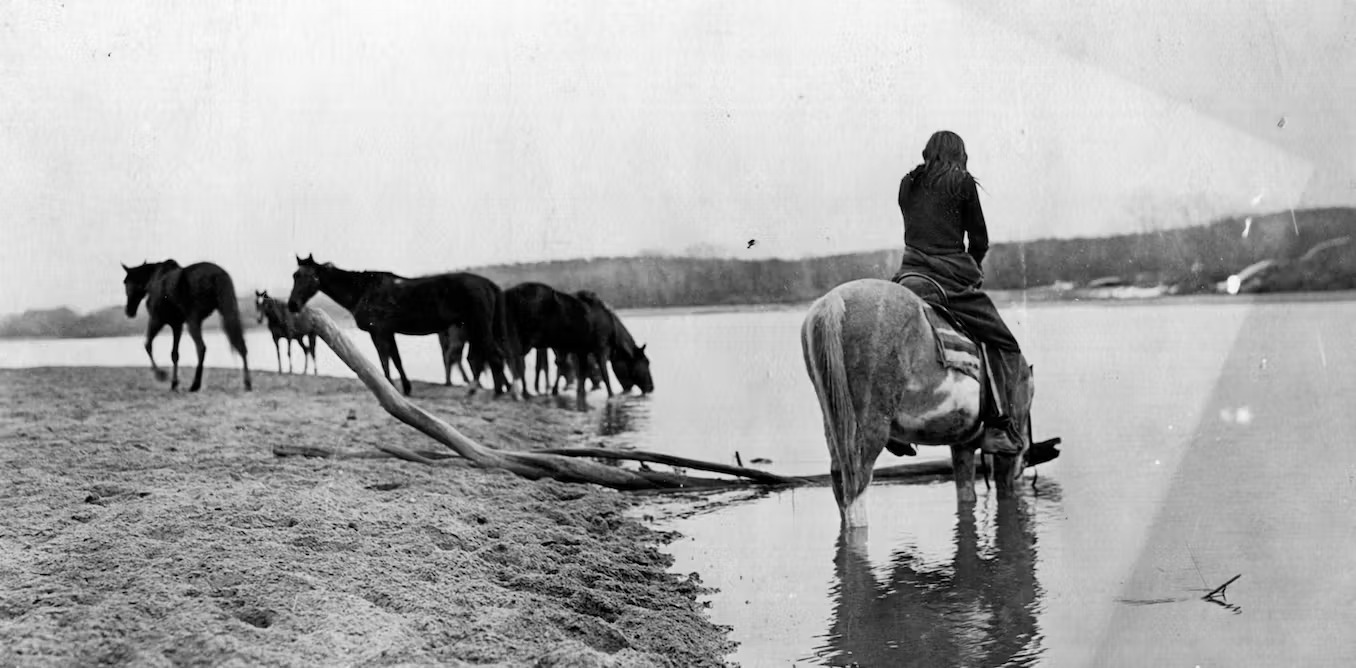
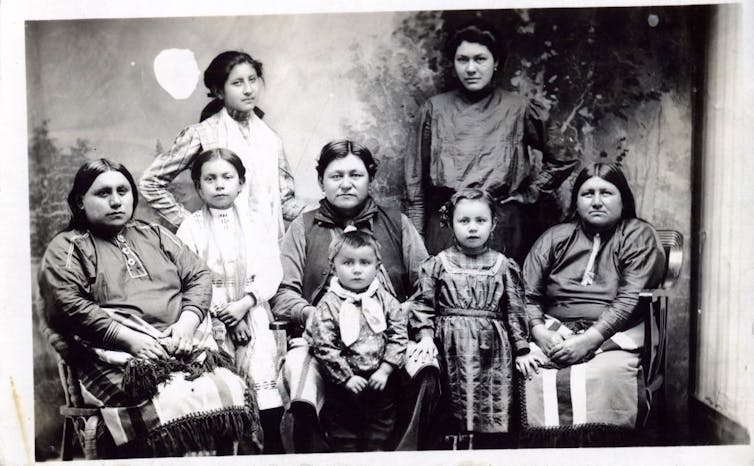
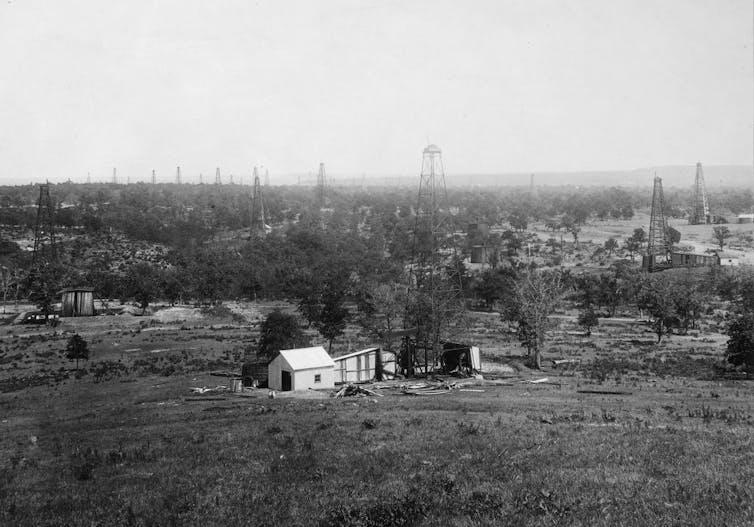
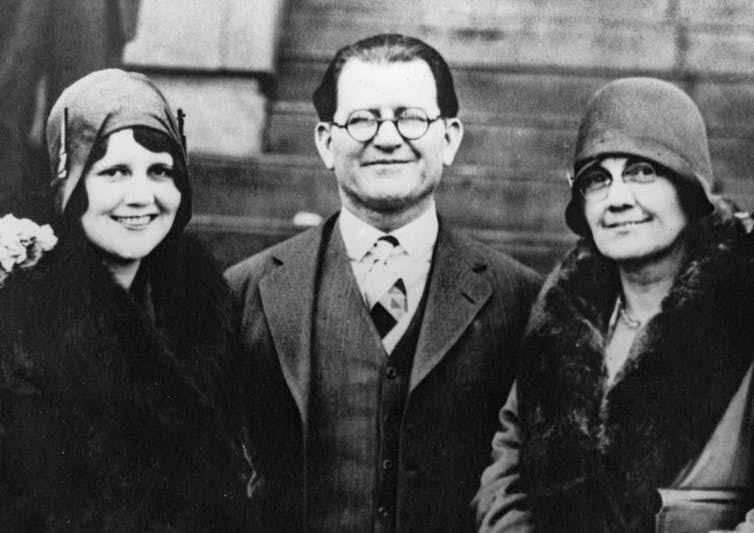
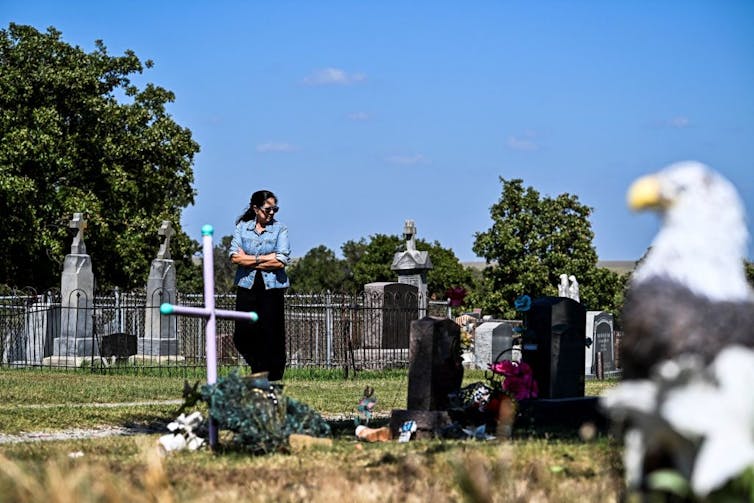

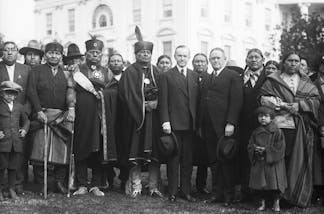
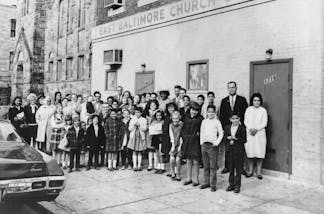

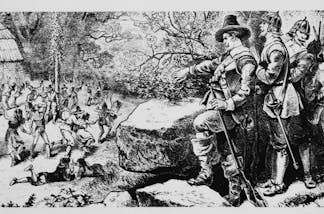
Anita Spinks
logged in via Google
Thank you for this article. Scorsese’s film was an excellent way to spark a conversation on the topic as far afield as Australia. From the number of articles read so far, it would appear the film did justice to the history of the Osage in Fairfax and, did it in a way that was aesthetically pleasing.
Just as film ‘Dances with Wolves’ was an incentive to study the lives and fate of the Lakota people, ‘Killers of the Flower Moon’ has opened my eyes to the Osage travesty.
It’s a shameful fact that such outrages against indigenous people echo across the globe especially when mineral wealth is located under the ground on which they live. From the article:
One difference; Australian law withholds landowners’ mineral rights as subject of the Crown.
There have still been crimes aplenty relating to Australia’s indigenous population and separating them from any benefits coming from their land.
Read more